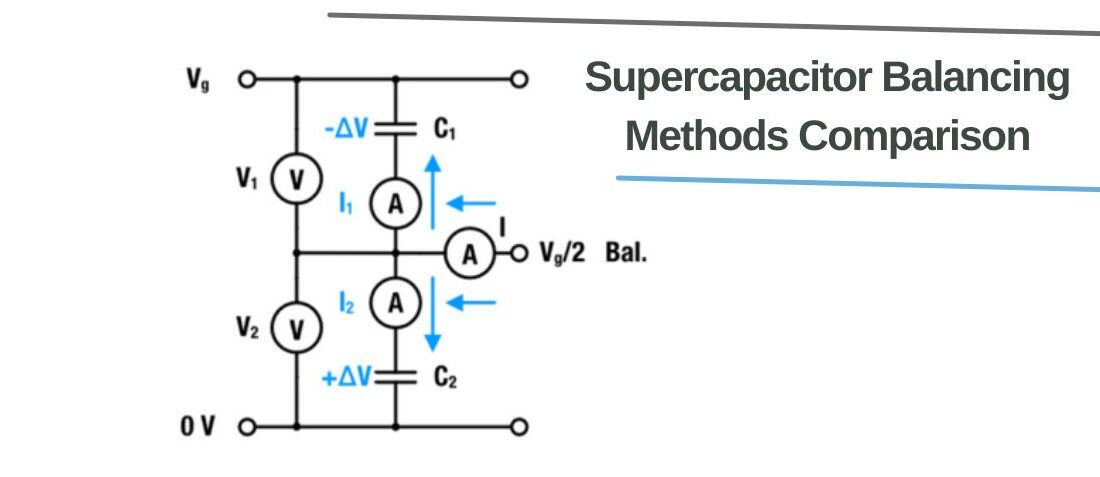
Supercapacitor Balancing Methods Comparison
- Posted by doEEEt Media Group
- On February 9, 2023
- 0
A supercapacitor balancing system is required to avoid overloading individual supercapacitor cells in a series connection. Würth Elektronik’s technical article written by René Kalbitz explains some theoretical background of supercapacitor balancing methods and verify it is effectiveness in practical measurement and comparison. They are published under Würth Elektronik’s permission.
Supercapacitors (SC) usually operate at low voltages of around 2.7 V. To reach higher operating voltages, it is necessary to build a cascade of SC cells. [1] [2] Due to production or aging-related variations in capacitance and insulation resistance, the voltage drop over individual capacitors may exceed the rated voltage limit. Thus, a balancing system is required to avoid accelerated aging of the capacitor cell. [3] [4].
In the following post, we want to explain the effect of unequal voltage division in such cascades in principle. To improve the under-standability, we consider a series stack of two capacitors (note: any system may be reduced to an equivalent circuit of two capacitors.). In this note, we review the theoretical background, provide some measurements, and discuss practical examples. The goal is to provide an overview of possible balancing strategies and an understanding of the explained concepts. The developer can choose and adapt any system to meet specific requirements.
Content
- Miniature RF Connectors - April 29, 2025
- Miniature RF Connectors for high-performance testing - April 24, 2025
- Space-Grade components available for immediate delivery - April 10, 2025

0 comments on Supercapacitor Balancing Methods Comparison